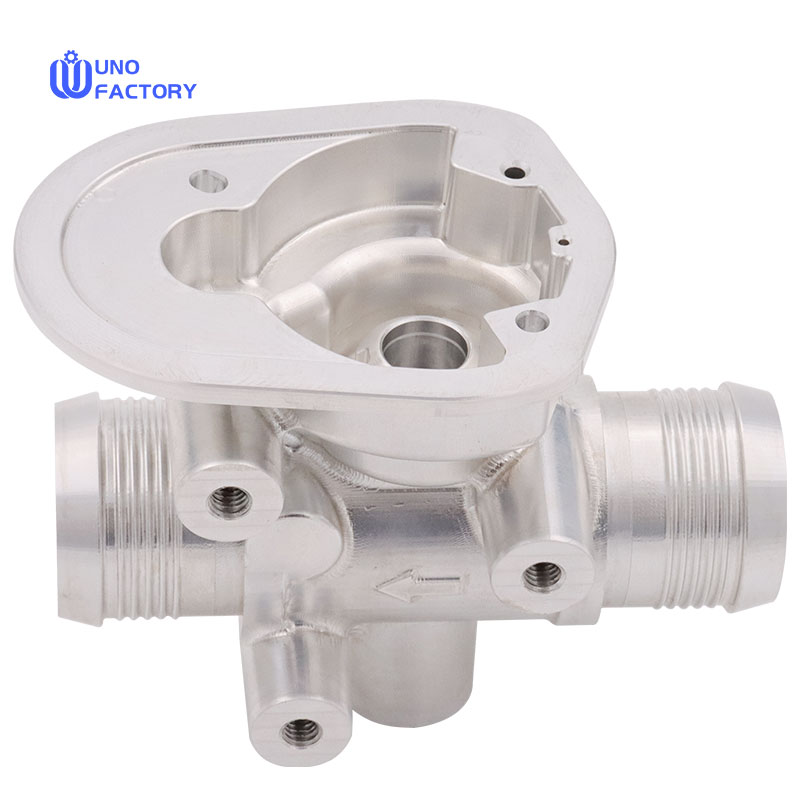Time to read: 6 min

Materials in the manufacturing industry are subjected to a variety of stresses, including tensile stress, compressive stress, and shear stress, among others. These stresses indicate the strength and deformation points of materials, which are vital for designers, manufacturers, and engineers aiming to create durable products and structures.
Tensile stress is a type of mechanical stress that causes materials to elongate along the axis of the applied force. It is represented by the formula:
Stress=FAStress=AF
where F is the force applied and A is the cross-sectional area of the material. Tensile stress is typically measured in Pascals (Pa) or pounds per square inch (psi). Understanding tensile stress is essential for predicting how materials will react under tension.
Here are some real-world examples of tensile stress in action:
- Stretching a rubber band.
- Pulling on opposite ends of a rope.
- The tension in crane cables lifting heavy loads.
- The stress in the cables of a suspension bridge as vehicles pass.
Compressive stress, on the other hand, is the force that compacts materials, making them denser. It is also measured in Pascals or psi and can cause materials to deform and displace under pressure.
Examples of compressive stress include:
- The deformation of concrete slabs under foot traffic or vehicle weight.
- The structural columns in buildings bearing the weight of multiple floors.
- The compression of furniture under the weight of occupants.
A visual comparison of tensile and compressive stress effects on materials can be insightful. When materials bend, such as when a pencil is bent until it breaks, both tensile and compressive stresses are at play. The upper part of the bent pencil experiences compressive stress, while the bottom part undergoes tensile stress.
Comparing Tensile and Compressive Stress
The primary difference between tensile and compressive stress lies in the direction of the applied force and the resulting deformation of the material. Tensile stress stretches and elongates materials, whereas compressive stress compacts them.
Despite their differences, tensile and compressive stresses can occur simultaneously, especially in materials that bend. This dual stress is evident when bending a pencil into a U-shape, where the upper part of the U experiences compressive stress, and the lower part experiences tensile stress.




